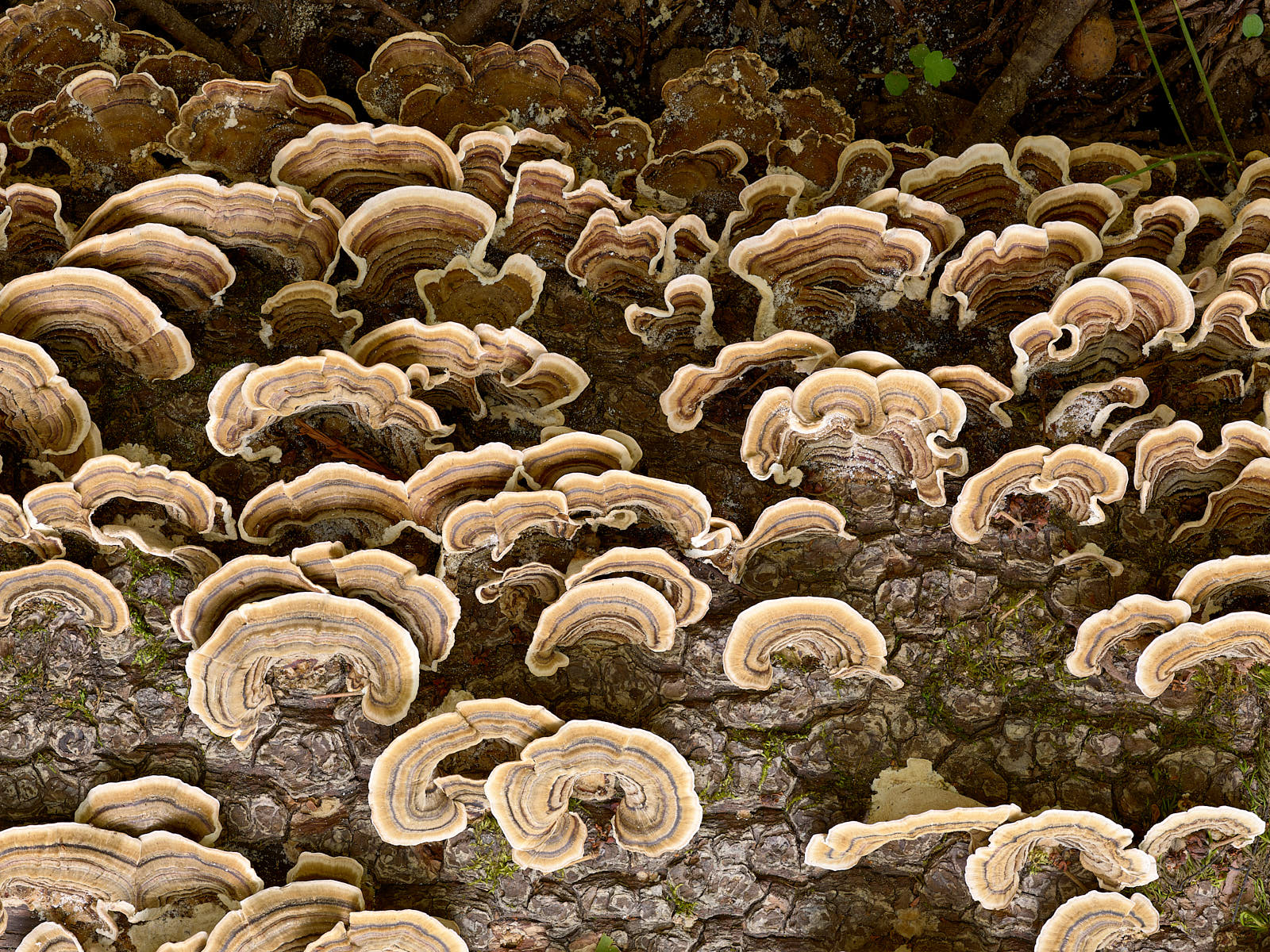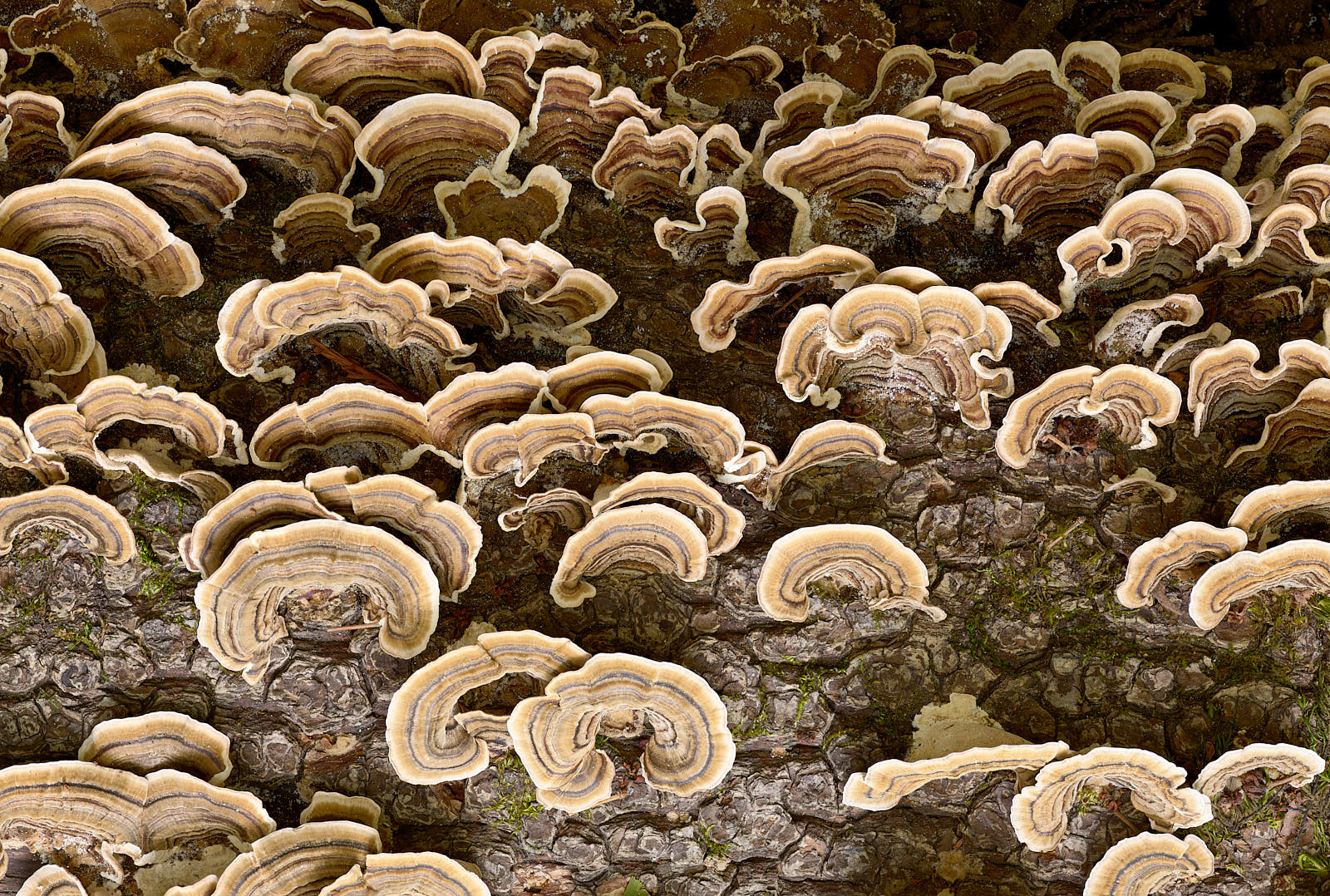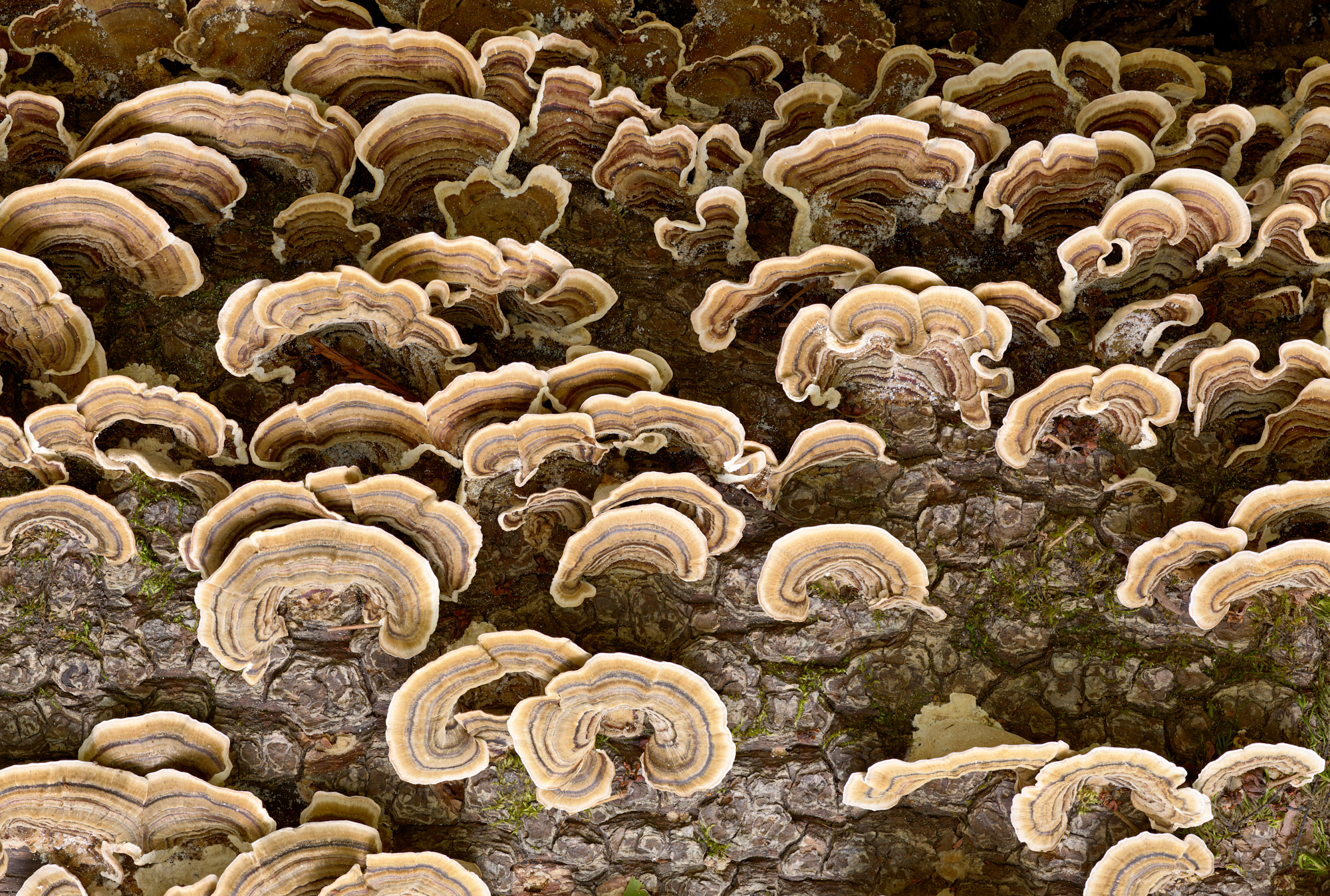Let’s start back in the early 1980’s
Location: Ansel Adams residence – Carmel California
Time of day: Late at night.
I hear Ansel’s voice saying: Whomever invented the sixteenth of an inch ought to be shot!
Perspective
I was privileged to attend an Ansel Adams workshop in the early 1980’s. Ansel was nice enough to allow me to visit with him at his house after the workshop hours, as well as a few times after the workshop ended.
When he uttered the above words, he was trying to find the ideal crop for an image he had just printed.
Back in the days of film photography and enlargers only, Ansel and a number of other photographers (present company included) used to have two L shaped pieces of white cardboard that were used to create a rectangular window. The size and shape of the window could be changed by moving the L shaped pieces. Moving the L shaped pieces by as little as 1/16th of an inch was making a noticeable change in the (roughly 16x 20 inch) print he was working on.
Ansel was extraordinarily meticulous about cropping his images to perfection. I saw him go back and forth with this single image for about 3 days until he finally settled on a crop which he then carefully transferred to his enlarger and easel to start making final prints.
Those words, and the images of all the hard work and evaluation he did to determine the ideal crop have stayed with me since that time.
Artificial restrictions versus reality
Over the years I have looked at the work of photographers who crop, as well as those who do not crop.
Some photographers who do not crop actually make a big deal out of it.
They give various reasons such as the fact that it shows their skill versus other (less skilled by implication) photographers.
Some film photographers who do not crop have gone as far as to file the edges of their negative carriers so there is a fine black line around the image showing the edge of the film.
I have also heard digital photographers say things like they paid a lot of money for a fine camera and they do not intend to lose a single Megapixel.
I am sorry to say, but I consider those kinds of statements to be nothing more than either a commercial convenience to produce more images with less work, or a marketing pitch for their work. In both cases I consider this to be artificial nonsense that leads to an inevitable loss of quality in some of their images. Evidently, this loss of quality is acceptable to these photographers as well as their customers.
The world around us does not conform to a specific aspect ratio. The vast majority of the most important painters and visual artists in history, as well as those alive today, as a general rule don’t pick one size or one aspect ratio for all their work. Imagine if Leonardo Da Vinci or Rembrandt or Michelangelo or Renoir or Gustav Klimt had each picked only one aspect ratio or only one size for all their work… It simply makes no sense for paintings and it makes no sense for photographs either. It is an artificial restriction that can detract from the ultimate feeling, impact and quality of a final piece.
In my humble opinion, the aspect ratio and the crop should adapt to the image, not the other way around.
While there are some images that work very well with the aspect ratio of the sensor or film used, in my experience most images can benefit from judicious cropping. Even small modifications to an original that initially looks “perfect as is”, can sometimes make a big difference in the final result.
Case in Point
Because of the Coronavirus, I have been photographing close to home for the past few weeks. During one of my walks, I came across this log with what I call “Blade Mushrooms” on it.
Please note that I do not know if these are mushrooms or some other kind of living creature. I just gave them the name “Blade” because they looked to me like blades coming out of the log. The image name “Blade Mushrooms” is just something that came to my mind when I first saw them.
I decided I wanted to photograph them on a gloomy dark cloudy day, preferably right after some rain. As soon as the weather cooperated with my desire, I rushed to the location of the log to capture the image.
The image is a focus stack of 31 images taken with a PhaseOne XF/IQ 4 150 system using the Schneider 120 mm Macro Blue Ring lens.
When I first framed the image in the camera, I noticed a clover and a few blades of grass in the background. I thought the green clover would be a great addition to the scene, plus it made for a very convenient object on the far end of the image to use for focusing the far end of the focus stack. I was not totally sure about the blades of grass. In the old days, I would have taken two shots, one with the grass visible and one temporarily tucking the grass in the back of the log without damaging it so it would not show in the image. In today’s world, I prefer not to touch such things. If I need to take them out, I do it later when I edit in CaptureOne.
The result
After rendering the image stack using Helicon Focus, I was very happy with the image I captured and I still loved that little clover in the back. I decided to also leave the grass alone and made my first print (basically uncropped) as shown below.

Blade Mushrooms-First Print
At first, I thought I was done, but I know that one has to look at a print for a number of days before one really knows whether it is final or not. This is why I normally attach my prints to a magnetic white board illuminated with calibrated lights. The board is conveniently located in my home office, where I can look at a print I am working on at least once a day.
It took me several days of looking at this image, to realize that the aspect ratio and the top of the image were far from ideal. I also shared the image via email with a dear photographer friend who liked it a lot, but thought it should be cropped tighter. Frankly, I was not thrilled with his version of the crop, so I started back from scratch to try to determine what I would consider to be the optimum crop. After working on cropping the image little by little for a couple of days, I finally settled on a much better crop. I then also concluded that the grass was distracting so I took it out. I further refined the crop after taking the grass out, to arrive at my final crop.
The resulting image is the main image in this article:

Blade Mushrooms-Final Print.
I encourage the reader to go back and forth between the two images to see and sense the difference.
Conclusion
To my eyes and my brain, the final image is much more powerful, much better balanced, more mysterious and much more three dimensional than my original “final print”. The difference in the cropping is not that much, but the difference in the result is huge.
I would say that whomever invented the sixteenth of an inch deserves a gold medal!






Your Thoughts